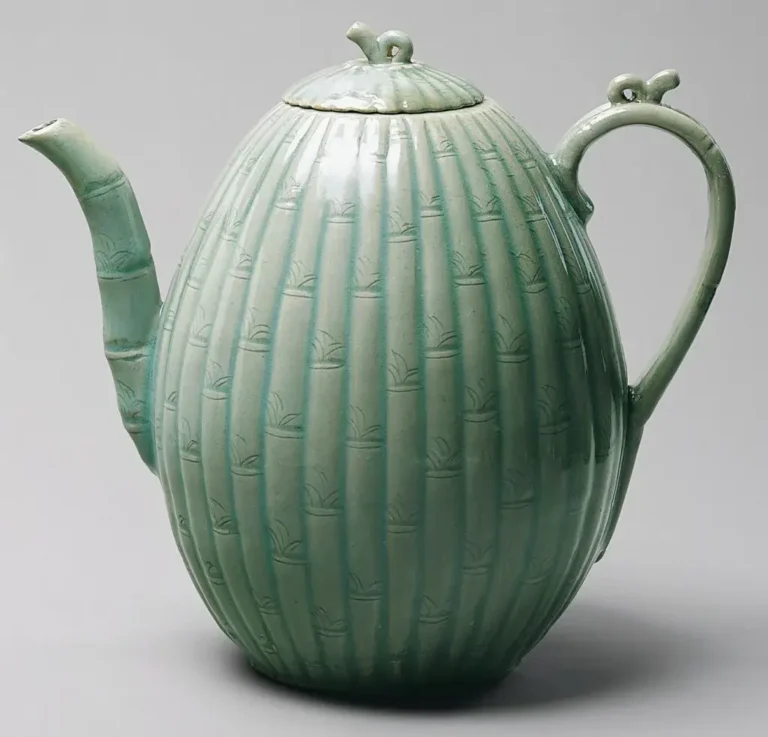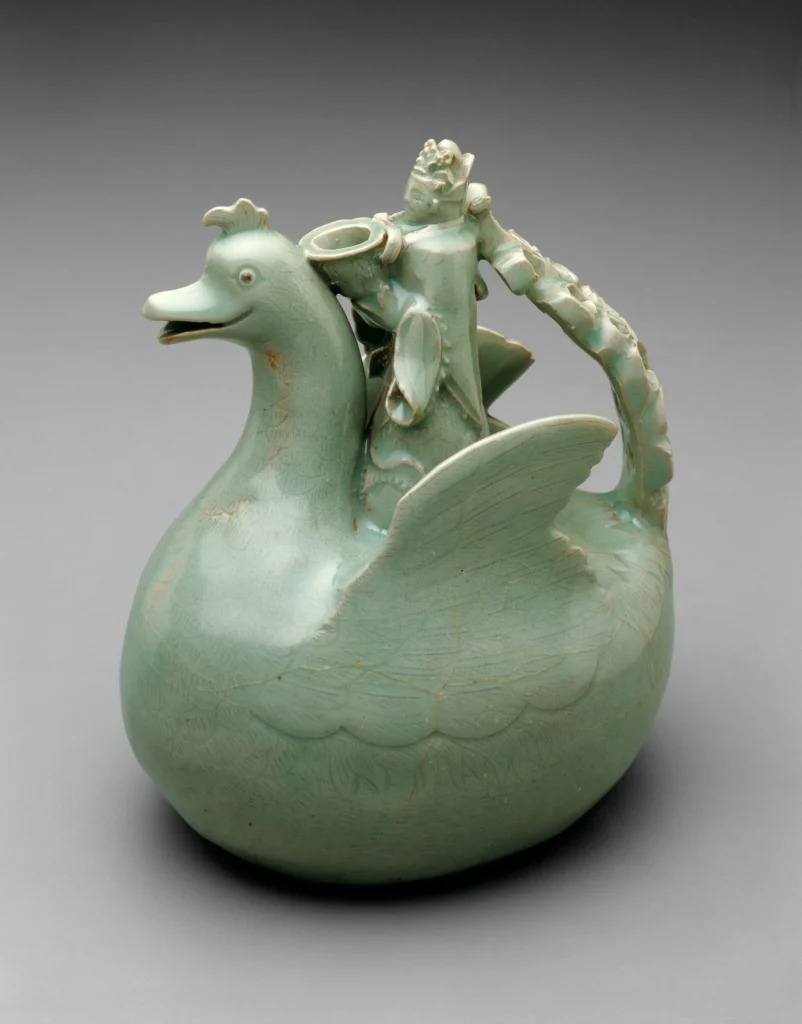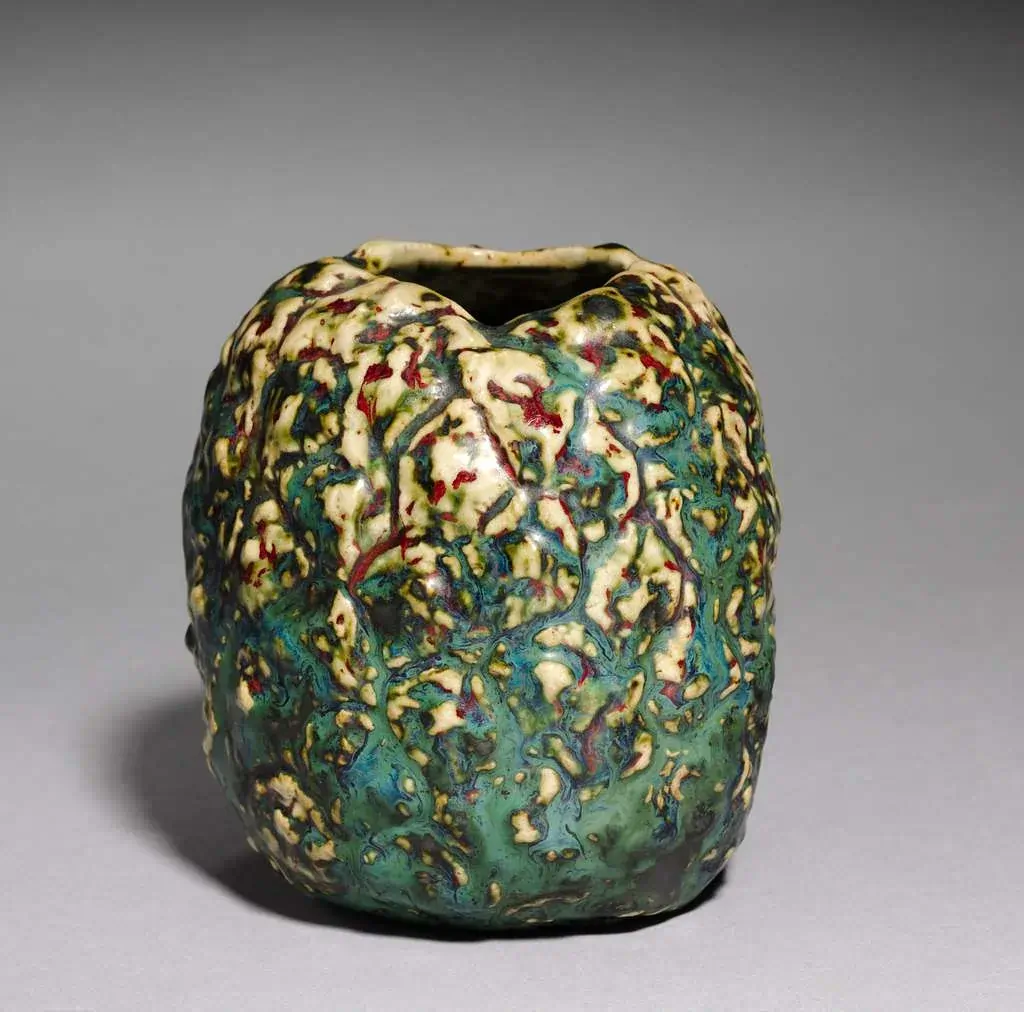In Korea’s history of artistry and craftsmanship shines the beauty of celadon pottery with its unique jade green glaze that has fascinated art lovers and historians for ages since its beginnings in the Goryeo dynasty as a symbol of loving skill and artistic elegance, in East Asian pottery traditions.
The creation of celadon holds a role in shaping Korean culture and influencing ceramic technique globally. This article explores the roots and historical context of celadon pottery while exploration into its different features and the workshops that gave rise to this art form. Understanding the importance of celadon allows readers to appreciate a vital part of Koreas artistic heritage and its eternal impact, on the realm of ceramics.
Table of Contents
ToggleThe Origins and History of Korean Celadon
Korean celadon pottery rise in the century during the Goryeo dynasty (918–1392) denoting a vital moment in Korean ceramic history when celadon and white porcelain were first created through firing techniques. The political landscape of that era was instrumental, in shaping this advancement as Chinese craftsmen sought refuge in Korea amid turbulence and introduced innovative technologies and artistic influences. The rise of information empowered craftsmen to reimagine their trade and pave the way for a fresh era of skillfulness and artistic flair, in creating celadon pottery.

Influence of Chinese ceramics
In the beginning stages of its development Goryeo celadon took cues from the Chinese Yue ware created during the Five Dynasties period (907–960) in the region of Zhejiang Province. Excavations conducted at kilns in the western area of the Korean peninsula present compelling evidence of knowledge exchange from Chinese Yue kilns to Korean artisans. The potters in Korea embraced methods that encompassed kilns design and support structures, like saggars and ring shaped props. Nevertheless they soon embarked on their creative journey by tweaking these imported techniques to better suit their specific requirements. They made changes, to the kilns. Introduced fresh supporting elements influenced by the Ru kilns associated with the imperial house of the Northern Song dynasty.
Golden age of Korean celadon
By the 12th century in Goryeo era pottery had developed its own different style and reputation for its rare glaze that had a lovely bluish hue referred to as “Bisaek ” resembling the color of a kingfish er birds feathers. Another notable feature of Goryeo pottery was the inlay technique where carved designs were filled with various slips that changed color to either white or black after being fired in the kiln. During this time period two major centers, for pottery production emerged ; Kangjin and Buan both situated in the southwest region of the peninsula.
The Golden age of Korean celadon artistry showcased a diverse array of styles and methods ranging from simple unadorned pieces to intricately crafted vessels with incised patterns or inlays using various materials like iron oxide and copper oxide alongside touches of gold accents for added flair and richness, in design detail.
Characteristics of Korean Celadon
“Renowned for its jade green glaze is Korean celadon pottery. Also known as Goryeo cheongja. Which holds a special place in the world of ceramics due to its unique aesthetic charm influenced by the presence of iron and a mix of iron oxide, manganese oxide and quartz particles, in the glaze.” The glaze greatly influences how the pottery looks as it produces an consistent light green surface that catches the eye of those who see it.
Clay composition and firing techniques
Korean celadon production is quite different due to its clay compositions and firing methods compared to other ceramic styles like Chinese celadons that were fired in brick kilns instead of traditional mud kilns preferred by Korean craftsmen operating at temperatures ranging from 1000°C to 1150°C, during firing process ensuring reduction of oxygen which avoided oxidation and resulted in the iconic bright and consistent pale green hue associated with Korean celadon pieces.
Decorative styles and motifs
The diverse decorative styles and patterns of korean celadon pottery are truly remarkable to behold. The valuable pieces display complex inlaid patterns crafted using the time famous sanggam technique. This intricate method entails carving designs onto the hardened clay vessel. Filling the grooves with either black or white slip. The result is a fusion of white, black and green patterns that bring richness and intricacy to the pottery.
The intricate designs seen in celadons draw inspiration from the beauty of nature with elements like flowers and birds taking center stage alongside symbolic representations such, as lotuses and peonies that embody Korean reverence for the natural worlds beauty and meaning.
Korean celadon pottery showcases decorative techniques apart from inlaid designs like incised patterns and carved motifs embellished with colorful compounds like iron oxide for darker tones and copper oxide for red hues are commonly used for embellishments along with gold accents, in some pieces to elevate their opulent look.
Korean celadon is highly regarded worldwide for its unique green glaze blending with clay and intricate decorative designs crafted using advanced firing methods that highlight the exceptional skills and artistic flair of Korean pottery makers across generations.
Production Techniques and Centers
In the creation of Korean celadon pottery back in the day required intricate kilns and special firing methods indeed! During the 10th century era or so when they started adopting these things from China. The clay and brick walled kilns that went up hillsides were a game changer for sure! These kilns stretched about ten meters long. Gave potters the power to reach higher temperatures, for firing their pottery creations beautifully! The Goryeo potters took these ideas. Ran with them by creating smaller clay built kilns that were much easier to handle and control during those crucial firing sessions.
Korean celadon was often fired at temperatures, between 1000°C and 1150°C to achieve its pale green blue glaze color through a reduction firing process that involved lowering oxygen levels in the kiln to prevent oxidation and enhance the potterys final look significantly.
Major production regions
Two main centers for creating Goryeo celabon were Kangjin and Buan in the area of the Korean peninsula known for their exceptional celabon craftsmanship overseen by the authorities. The Gangjin vicinity specifically witnessed the establishment of clay fired kilns reinforced with stone that combined traditional Korean stoneware kilns, with Chinese methods.
The sanggam inlay technique
Korean celadon is well known for its sanggam inlay technique where intricate designs are etched onto the clay vessel and filled with black or white slip to create a beautiful mix of colors and patterns that enhance the potterys appeal and intricacy.
The techniques roots can be dated back to the 11th century when initial instances of proto inlay adornments were unearthed at kilns from that era. These initial inlays were frequently paired with decorative techniques, like carving or raised patterns. By the century the sanggam technique had developed into its characteristic form and had become a distinctive feature of Goryeo celadon pottery.
The sanggam technique enabled artisans to create patterns inspired by elements of nature, like flowers and birds that adorn Korean celadon pottery alongside the unique green glaze and high quality clay blend it is known for globally as top tier ceramics.
Conclusion
The beauty of Korean celadon pottery reflects Koreas deep artistic legacy and represents the epitome of skillful craftsmanship and aesthetic sophistication within East Asian pottery traditions. The unmistakable jade green glaze along with the clay mixture and detailed decorative methods such as sanggam inlay have garnered international acclaim for Korean celadon. This art form has significantly shaped cultural development and left a lasting imprint, on ceramic practices worldwide.
The evolution of Korean celadon pottery from the Goryeo dynasty, to its peak showcases the creativity and craftsmanship of Korean artisans who blended Chinese methods with their distinct artistic expressions to produce exquisite and technically groundbreaking ceramics of that era.
FAQs
The worth of Korean celadon pottery varies widely, with prices starting around USD 500.00 for damaged, poorly preserved pieces, and can escalate to being priceless for perfect specimens, such as those housed in the National Museum of Korea. Even damaged or incomplete pieces typically retain significant value due to their historical and cultural significance.
Celadon pottery is renowned for its high-quality, thick, and viscous green glaze, which often features a distinct crackle pattern. The decorations on celadon pottery are primarily incised, though molded ornamentation is occasionally employed.
Korean celadon pottery is known for its unique gray-green color, which results from the specific materials used. These include iron-rich clay and a glaze containing iron oxide, manganese oxide, and quartz particles. The specific conditions inside the kiln during the firing process also contribute to the distinctive hue of this pottery.
The primary difference between Korean and Chinese celadon lies in their kiln technologies and firing techniques. Korean celadon is typically fired in traditional mud kilns at temperatures around 1000ºC in a reduced oxygen environment to prevent oxidation, giving the pottery a uniform pale green color. In contrast, Chinese celadons are usually fired in brick kilns.



